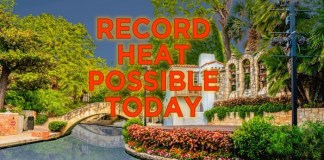“Even at the bottom of the social scale, Black women found ways to conjure power, protect their communities and reimagine survival,” says Lindsey Stewart, a University of Memphis professor whose new book traces 400 years of Black women’s magic and its enduring influence on American culture.
Black Feminist in Public is a series of conversations between creative Black women and Janell Hobson, a Ms. scholar whose work focuses on the intersections of history, popular culture and representations of women of African descent.
The “Black Feminist in Public” series continues with a feature on Lindsey Stewart, an associate professor at the University of Memphis, whose latest book, The Conjuring of America: Mojos, Mermaids, Medicine, and 400 Years of Black Women’s Magic, released this week.
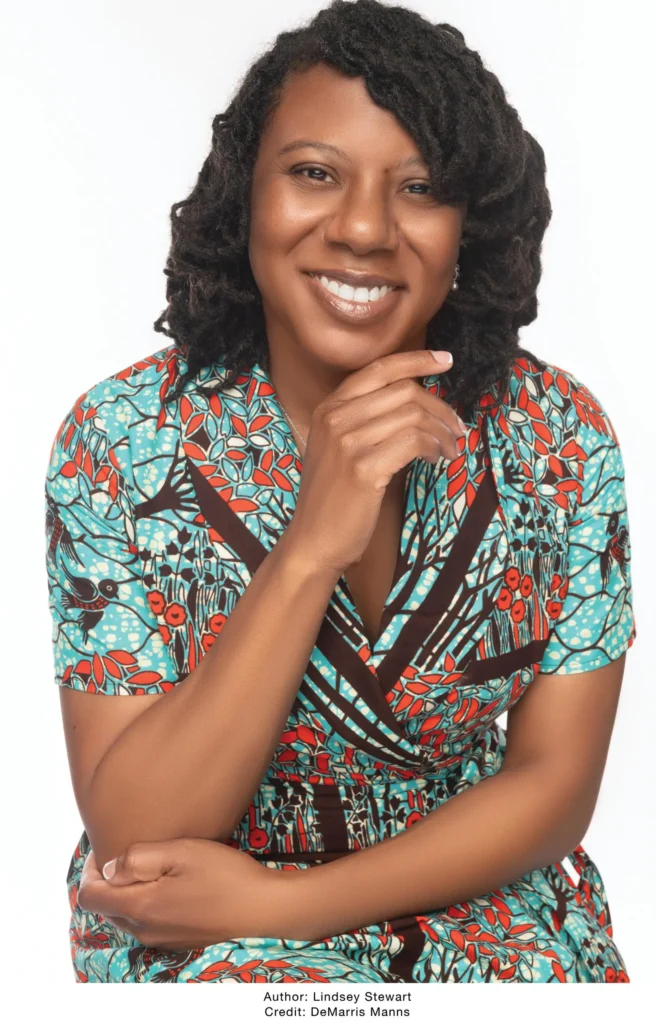
A native Southerner who was born and raised in South Louisiana, Stewart’s work draws on the literary and cultural traditions of Black women in this region, also highlighted in her first book, The Politics of Black Joy: Zora Neale Hurston and Neo-Abolitionism (2021). With our popular culture now learning to celebrate “conjure women”—from Beyoncé to HBO shows like Lovecraft Country and recent films like The Exorcist: Believer (2023) and this year’s Sinners, The Conjuring of America could not have come at a better time.
Ms.’ Janell Hobson spoke with Lindsey Stewart earlier this summer to discuss her latest book.
Janell Hobson: I remember when I started reading your book, I was recovering from a cold and using Vicks VapoRub, so as soon as I opened to the first chapter, you show us the connections between this medicine and Black conjure women!
Lindsey Stewart: Yeah. I started researching for the book, before it even became the book, during COVID of course. I became fascinated with women like Marie Laveau during the Reconstruction period, who was renowned for healing fevers. And we were more likely to survive if we went to them than if we went to doctors.
So, I started studying, in general, the history of 19th-century Black women in medicine. During that study, I connected with Crystal Sanders on Facebook, a professor of African American history at Emory. And it turns out that her family, her enslaved ancestors, originated the herbal medicine from which Vicks VapoRub came. Once I was able to see that connection, I thought, oh, that really is a way of resonating with the other stories that we have out there and debates that we have going on still with modern-day staples. So many of the things that we interact with in our daily lives have hidden origins. And Black people are not just Black people, but magic.
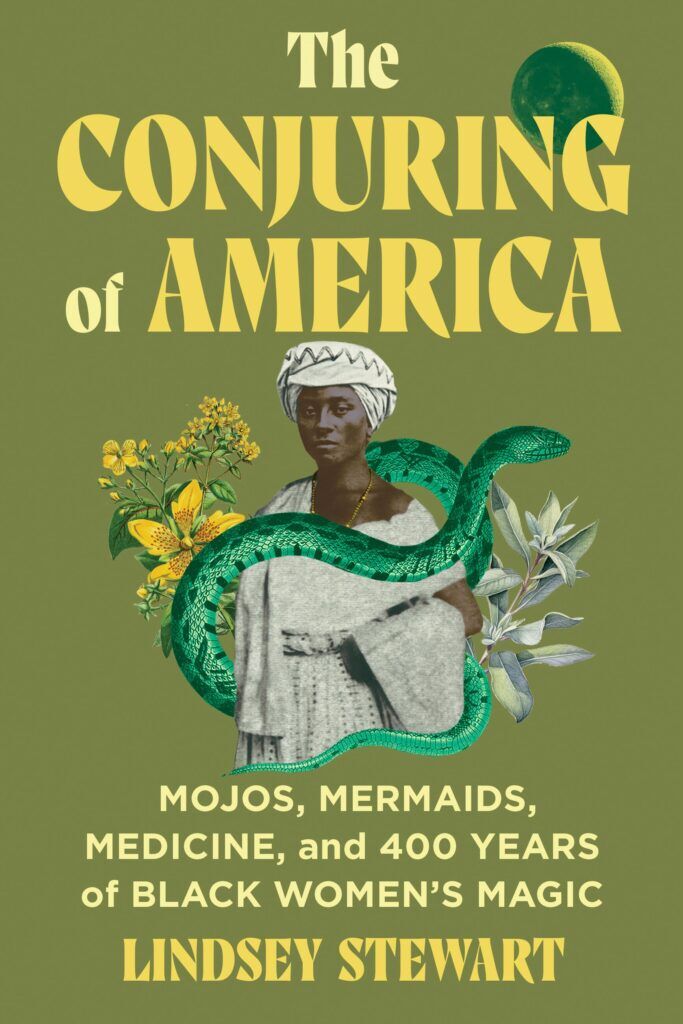
Hobson: What does “magic” mean in this context? Because we’ve been talking of #BlackGirlMagic for a while.
Stewart: I’m interested in how Black women used magic, used conjure to create a sense of safety in their communities. It was a type of luck management. In this tradition, I’m talking about how various West African practices that combined with local practices of the enslaved were used as a form of luck management to navigate a very difficult situation, such as enslavement, and how remnants of those practices get passed down in each generation as they each face oppression.
It’s been amazing to me when I talk to people about the book to just have this moment in the conversation where people say, ‘Yeah, my mom does that,’ or, ‘Yeah, my grandma does that.’ That’s a valuable aspect of Black feminism too, of seeing that tradition continue to move forward.
Lindsey Stewart
Hobson: What I find valuable with your new book is the way that you put conjure women at the center of Black women’s history.
If we’re looking at the history of Black feminist thought and theorizing, I think there is oftentimes an emphasis to be literary, which we sometimes conflate with being intellectual. So, we point to Harriet Jacobs’ Incidents in the Life of a Slave Girl because, with all the enslaved women and their experiences, she wrote hers down. We’ll highlight Anna Julia Cooper because she got her Ph.D. at the Sorbonne, and she wrote A Voice from the South, one of the earlier Black feminist theory books, which is great. But you have identified a different source for Black women’s intellectualizing and theorizing through “conjure.”

Why did you choose to center conjure women?
Stewart: In its essence, The Conjuring of America is about the magic that Black women have practiced in this country for over 400 years and using that magic to fight against racism and sexism, and how that magic has shaped American culture. Because I’m interested in the culture, I’m interested in material aspects, I’m interested in folklore, I’m interested in those sayings that last for centuries. So, it is different than just looking at the written record, which I do use too, but I’m looking at more than that because it seems like those are the elements that seep into our everyday lives.
It‘s been amazing to me when I talk to people about the book to just have this moment in the conversation where people say, “Yeah, my mom does that,” or, “Yeah, my grandma does that.” That’s a valuable aspect of Black feminism too, of seeing that tradition continue to move forward. And seeing how those things not only gave us a sense of strength but also imagining a different world.
Hobson: How does “conjure” dovetail with religious practice? Oftentimes, even with the renewed interest in Orishas among contemporary Black women, I’m still hearing some pushback, calling it demonic worship.
Stewart: One of the things I’m trying to do with this book is to debunk the scariness and the association with evil that comes out of conjure, because when you look at Black culture, it’s present in so many of the sayings, superstitions, and practices that we use everyday, even though it’s been rejected in these Christian spaces. And when I teach this stuff, I try to show my students that your ancestors didn’t always view this as competing with Christianity. Oftentimes, it was a complement to Christianity. You’ve got Jesus, but sometimes you need your ancestors to help too, sometimes you need these intermediate spirits to help. They weren’t knocking the power of God; they were enhancing God’s power.
… No matter how dire the situation is, it’s possible to find power in unexpected places.
Lindsey Stewart
Hobson: Enhancing, that’s it! There is the spiritual element in the tradition, but you also emphasize material culture and pop culture in this book, which I found fascinating. You devote a chapter to Aunt Jemima’s pancakes, for example. How did you come to see her as part of the conjure tradition?
Stewart: I mean, that was a surprise to me too. So much of this book was a surprise when I started writing it, but part of why I wanted to explore this is because when I was reading these ex-slave interviews [in the WPA narratives], the term “Negro Mammy” just kept coming up. And I know that there’s some shame with how we talk about Negro Mammies, and that’s partly because of those demeaning postcards and stereotypes.
I grew up in Louisiana, so I saw much of that material culture, the little statuettes and whatnot, and Aunt Jemima is the culmination of that. But it also made me sad and angry that these people, like the two white men who [commodified] Aunt Jemima, were able to steal that from us.
There’s another lineage of Negro Mammies, another story about Negro Mammies that’s powerful. They were amazing women. And one of the things I wanted to do with this book is help Black women get closer to their ancestors and release the shame about how we survived. These women were powerful.
Hobson: I love the way you’re reclaiming history, because you’re reclaiming stereotypes, but then repositioning them. There is this whole other humanity that we have forgotten because they’ve been flattened through these tropes.
Stewart: It saddens me that so many of my young African American students can say flippantly, “I’m not my ancestors.” You know nothing about your ancestors!
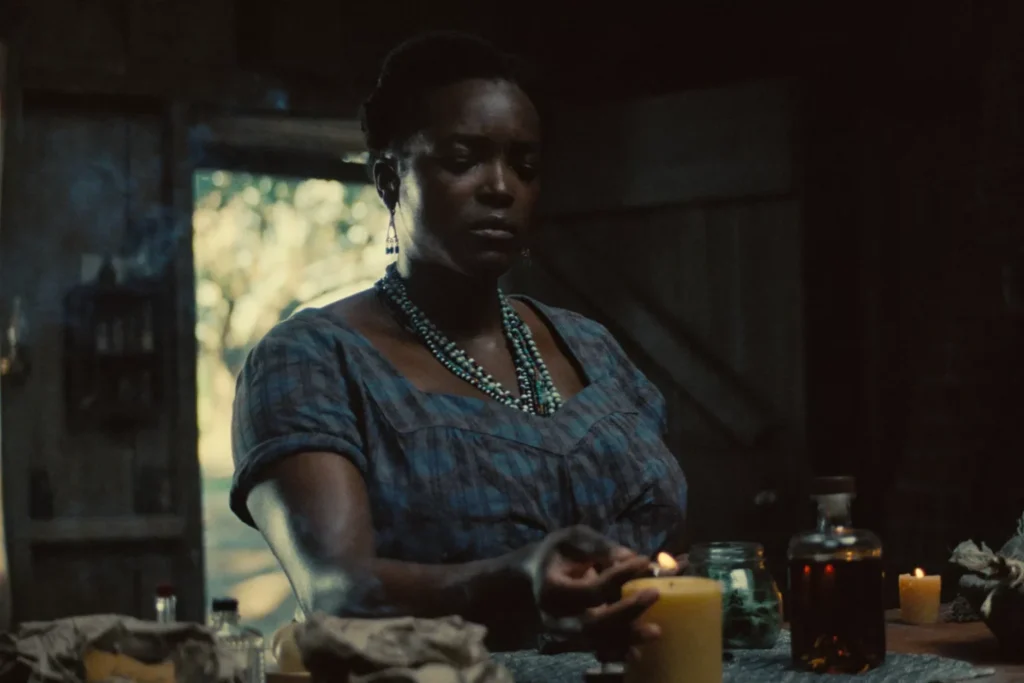
Hobson: Unfortunately, we’re now in a moment where we will have to prove if we’re even half as strong as our ancestors were. They had faced much worse than we have when it comes to systems of oppression. So, I do appreciate that your book sheds light on a history that often gets dismissed. It’s important that more of us are going back to the traditions of conjure women, but your book doesn’t romanticize this, and you did the research. What did it mean for you to be able to document this history?
Stewart: What that meant is to use a diverse sampling of sources. I’m looking at West African mysticism, Yoruba and Bantu Congolese tradition. I’m looking at Louisiana Creole folklore. I’m looking at, and which was the bulk of the research, first-hand dispatches from the enslaved. I am pouring through numerous interviews from the Federal Writers Project. I’m also doing original research. I had to look at many different disciplines. I’m looking at primary historical sources, but I’m also trying to engage with Black feminist scholars. I’m trying to engage with Nigerian scholars. It was important to me to make sure that they’re cited too, because they were a big part of how I could even learn all these folk tales about Oshun.
Hobson: Oshun is all throughout this book, which made me think of how she became popularized through Beyoncé’s Lemonade and, of course, when we addressed these issues as participants in the Lemonade Seminar, co-hosted by Kinitra Brooks and Kameelah Martin, who eventually co-edited The Lemonade Reader.
Stewart: I’ve seen the impact that Beyoncé has had, especially with teaching. She makes it much easier to connect with students when discussing cultural elements that they have never heard of [before Lemonade]. These elements are definitely there in Beyoncé’s Creole, Louisiana roots.
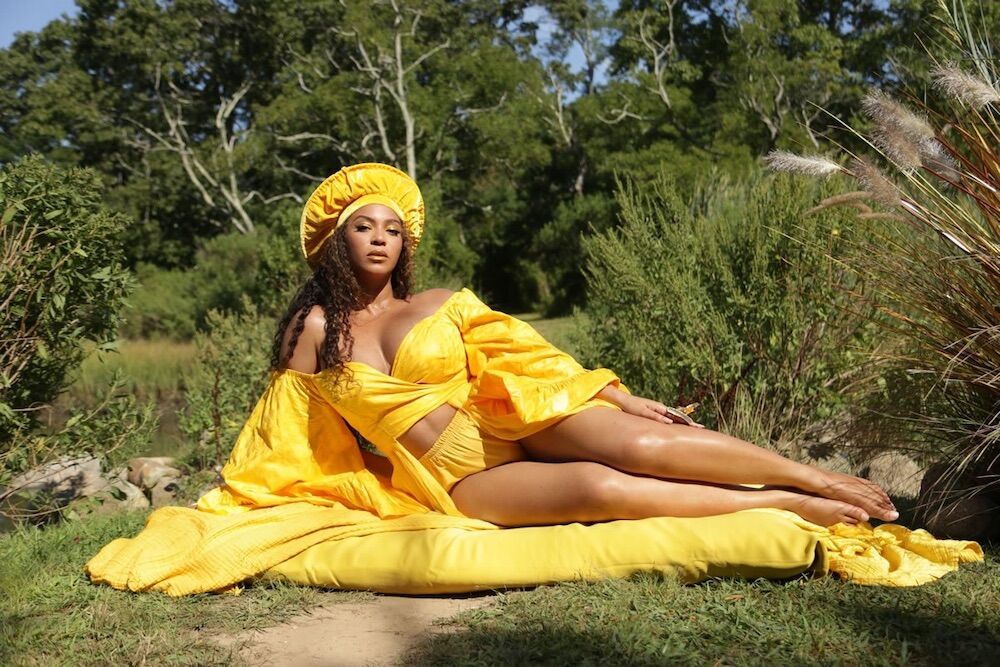
Hobson: What are the main distinctions between conjure women here in the U.S. versus conjure women in Nigeria, or even in Cuba, or Brazil, or Haiti?
Stewart: Part of what’s distinct is the U.S. is a big country, so there are different regions where conjure showed up and with different trajectories. In the lower East Coast, you see more of an emphasis on Bantu-Congo traditions, and those traditions didn’t have much of a focus on intermediate spirits. It looks different in the sense that there’s a primary God and then there’s ancestor worship, but there’s not a pantheon of Orishas. You get that in New Orleans with Louisiana Voodoo, so there’s already contrast within the U.S. I think another big part that makes it different is the brutal suppression of conjure in the U.S. In some places, like Cuba, it’s more vibrant and visible. And there is a resurgence when you get more immigrants coming to New York and you get some of that infusion back, but it means you really have to look.
Hobson: How much of that has to do with the difference between how Catholic or Protestant a country is?
Stewart: Oh, absolutely! They’re able to hide it in Louisiana and still maintain that they’re Christian because they’re Catholic, even though they’ve got these statues to Mary, who can function as Oshun too. [Catholicism] already has that structure for intermediate spirits. There’s Voodoo, but there’s also Hoodoo, which is another stream in the lower East Coast. I know many people like to go to the Georgia Sea Islands, where that’s still very vibrant too.
Hobson: What are you hoping your readers will take away from this book, especially in this current climate that we’re in?
Stewart: The main lesson is no matter how dire the situation is, it’s possible to find power in unexpected places. And that is the thing I see over, and over, and over again when I look at these stories of these women. They’re at the bottom of the social scale, and yet they’re still managing to create spaces where they can have a say, where they can protect loved ones. That’s really moving to me, so I hope people walk away from the book with that.
Great Job Janell Hobson & the Team @ Ms. Magazine Source link for sharing this story.



